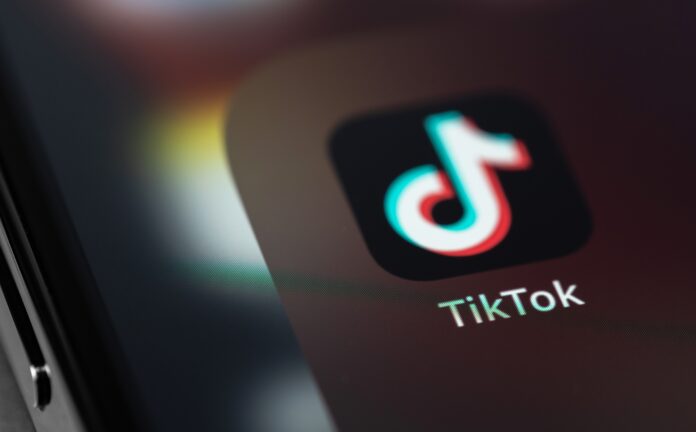A recent survey by omnichannel communications solutions provider Mitto revealed that Super Bowl ads - while good for brand awareness - may not be as effective in eliciting a response from a consumer.
The survey analyzed consumers' opinions on the effectiveness of Super Bowl advertisements and showed that almost half of the consumers (41%) would purchase from brands that consistently communicate with them in a personalized way rather than from those advertising on the big game. It turns out that spending $7 million on a Super Bowl ad may not be the most effective approach to propel revenue.
"Brands pull out all the stops and millions of dollars for Super Bowl ads each year, however, the results from our report suggest that, when it comes to driving purchases, brands' marketing spend might be more effective elsewhere," said Andrea Giacomini, CEO of Mitto.
Consistency over a one-time boom
Out of 1,000 Americans polled, more than half (52%) believed a Super Bowl ad would be a successful use of a brand's marketing budget. However, these ads are still not driving a level of purchasing behavior to justify the $7 million price tag of a 30-second spot. Twenty-three percent of respondents said they would make a purchase based on a Super Bowl ad alone.
The power of this type of ad seems to be waning. In fact, the report showed that over the past five years, 41% of consumers said they have only made up to 3 purchases influenced by large, expensive ads. Twenty-seven percent said they had made no purchases at all.
A more effective marketing approach than a Super Bowl ad is personalized ongoing communications. Namely, 41% of respondents said personalized ongoing communications pushed them to purchase, compared to 35% of respondents who said the same for a large brand awareness campaign. Regular touch points throughout the year rank higher in consumers' perception than one-time campaigns like a Super Bowl ad.
"Personalized, ongoing engagement with customers, which are much more economical, have shown to be a more powerful driver of purchasing behavior and ultimately build more powerful and lasting brand loyalty. In today's tight economic climate, brands should keep this in mind as they re-examine their marketing strategies," added Giacomini.
Purchase decisions by gender
The survey also found that these two customer engagement approaches affect genders differently. Female respondents are 25% more likely to make a purchase based on personalized communications compared to men, who - unsurprisingly - prefer larger brand awareness campaigns, and a Super Bowl ad is no exception.
Generally, men were found to view these ads as an effective way to elicit a response from a consumer. Meanwhile, women were 60% more likely to purchase from a brand that engaged in personalized communications.
Ad preferences
When asked what emotions they prefer in a Super Bowl ad, 62% of respondents said humor, followed by 25% who like a celebrity appearance. Only 7% want an emotional connection, while 6% want relevant brand information. From a consumer's point of view, they are watching the big game to have a good time and maybe, purchase something during the ad break.
When it comes to the tone of the ads, the majority prefers to have a favorable view of a brand. Fifty percent also like thought-provoking and simple ads, while 41% prefer sentimental ones.










